Introduction_to_Moles_Gizmos_2021/22 | Introduction_to_Moles_Gizmos
Document Content and Description Below
Student Exploration: Moles Vocabulary: atomic mass, Avogadro constant, conversion factor, dimensional analysis, mole, molar mass, molecular mass, scientific notation, significant figures, unified at... omic mass unit Prior Knowledge Questions (Do these BEFORE using the Gizmo.) 1. In the image to the right, note a dozen eggs, a dozen donuts and a dozen roses. How many of each item do you have? 12 2. Would a dozen of each object have the same mass? no 3. Suppose you have a dozen carbon atoms, a dozen gold atoms, and a dozen iron atoms. Even though you have the same number of each, would you expect them all to have the same mass? Explain. No, just because they have the same quantity doesn’t mean they weigh the same. Gizmo Warm-up When counting roses, eggs, or donuts, a dozen is a good unit to use. If you are counting atoms, however, a dozen is not much help. In the Moles Gizmo, you will learn about a unit used to count atoms. On the AVOGADRO CONSTANT tab, place the copper (Cu) atom on the nano-balance on the left, which will show the average atomic mass of copper rather than the mass of a single copper atom. 1. What is the average mass of a copper atom? 63.546u The unit “u” refers to unified atomic mass units. A single proton or neutron has a mass of approximately one atomic mass unit. (Officially, 1 u is one-twelfth the mass of a C-12 atom.) E How many atoms did you need to add? 1023 This study source was downloaded by 100000831988016 from CourseHero.com on 04-09-2022 23:39:47 GMT -05:00 https://www.coursehero.com/file/56654371/Introduction-to-Moles-Gizmodocx/ 2019 Activity A: Molar Mass Get the Gizmo ready: Select the AVOGADRO CONSTANT tab. Turn on Show hints and check that Copper (Cu) is selected. Introduction: Since atoms are so tiny, chemists have devised a unit known as the mole. A mole represents a macroscopic quantity of matter that can be used in the laboratory. One mole of any element has the same mass in grams as its atomic mass in u. Question: How many particles are in a mole? 1. Explore: Note the average atomic mass of copper on the nano-balance. Add atoms to the larger balance until it registers the same number (in g) as the reading on the nano-balance (in u). Use the Exponent slider to help get the correct amount. Stop adding atoms when the readings on both balances match exactly (to the nearest 0.001 g). How many atoms did you need to add? 23 2. Explore: Repeat the same procedure with carbon, then sulfur and aluminum. A. For each element, how many atoms did you need to add? 15 B. What do you notice about the number of atoms in one mole? 6.63 3. Discover: In each case, you measured out one mole of atoms, since the mass of one mole of any element, in grams, is equal to its atomic mass, in u. One mole of any element contains the same number of atoms, a number known as the Avogadro constant. What is the exact value of the Avogadro constant? 63.252 4. Illustrate: The Avogadro constant is so large it is normally written in scientific notation. To get an idea of the enormity of the Avogadro constant, write it out in standard form. (You will need to move the decimal place to the right 23 times, so you will need to add a lot of zeros!) 6.022141793 × 1023 5. Compare: While the number of atoms in a mole is constant, the number of grams in a mole changes based on the element. The number of grams in a mole (g/mol) is known as its molar mass, and has the same numerical value as an element’s atomic mass (in u). Use the Gizmo to find the atomic and molar mass of the following elements. Use proper units. S: Atomic mass 32.1 Molar mass 15.3 This study source was downloaded by 100000831988016 from CourseHero.com on 04-09-2022 23:39:47 GMT -05:00 https://www.coursehero.com/file/56654371/Introduction-to-Moles-Gizmodocx/ 2019 Al: Atomic mass 34.7 Molar mass 11.5 (Activity A continued on next page) Activity A (continued from previous page) 6. Experiment: Select Copper(I) oxide, Cu2O. Note that Cu2O is a compound composed of different types of atoms bonded together. Place the Cu2O molecule on the nano-balance. A. What is the molecular mass of Cu2O? 7.85 B. Add molecules to the larger balance until its reading matches that of the nanobalance exactly. How ma [Show More]
Last updated: 1 year ago
Preview 1 out of 9 pages
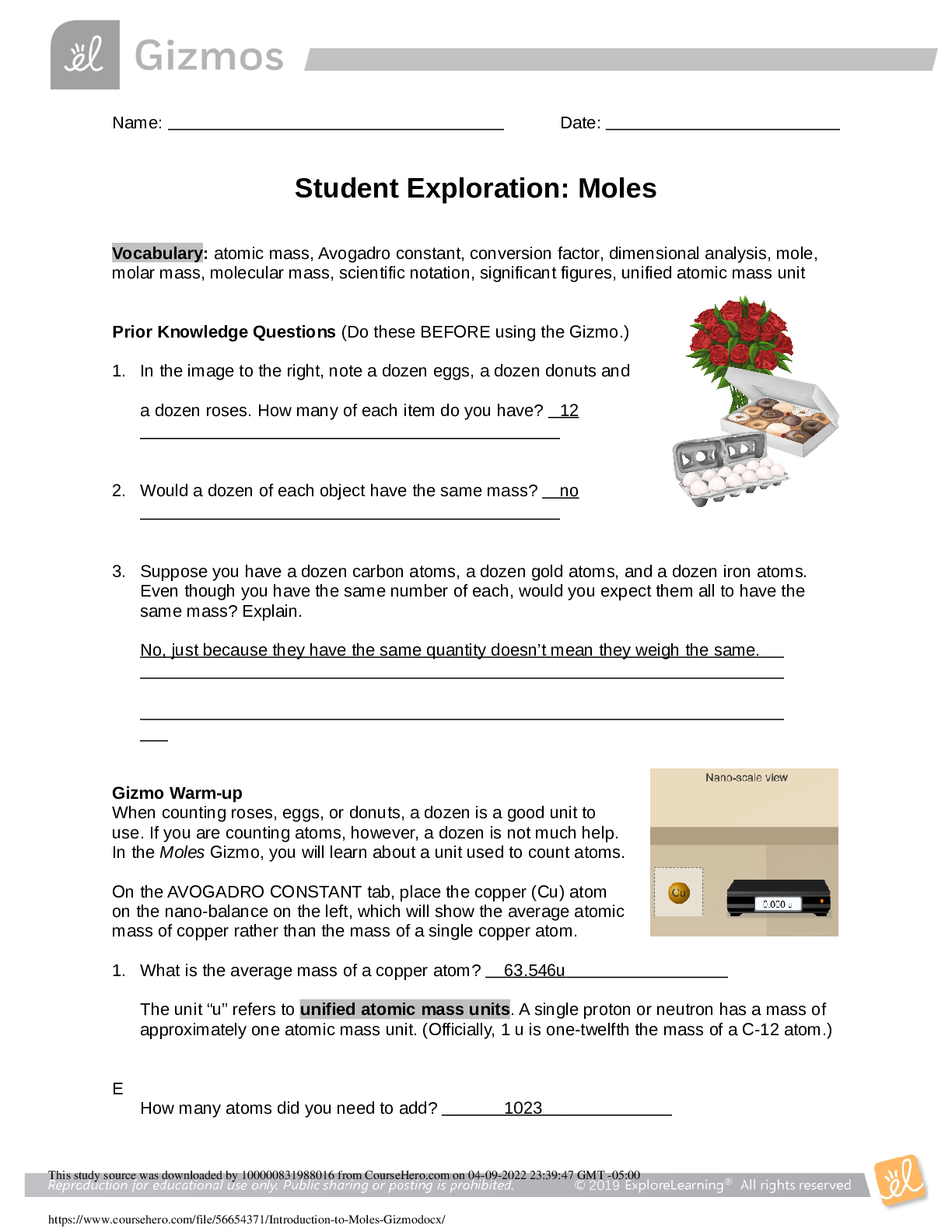
Reviews( 0 )
Document information
Connected school, study & course
About the document
Uploaded On
Apr 10, 2022
Number of pages
9
Written in
Additional information
This document has been written for:
Uploaded
Apr 10, 2022
Downloads
0
Views
83



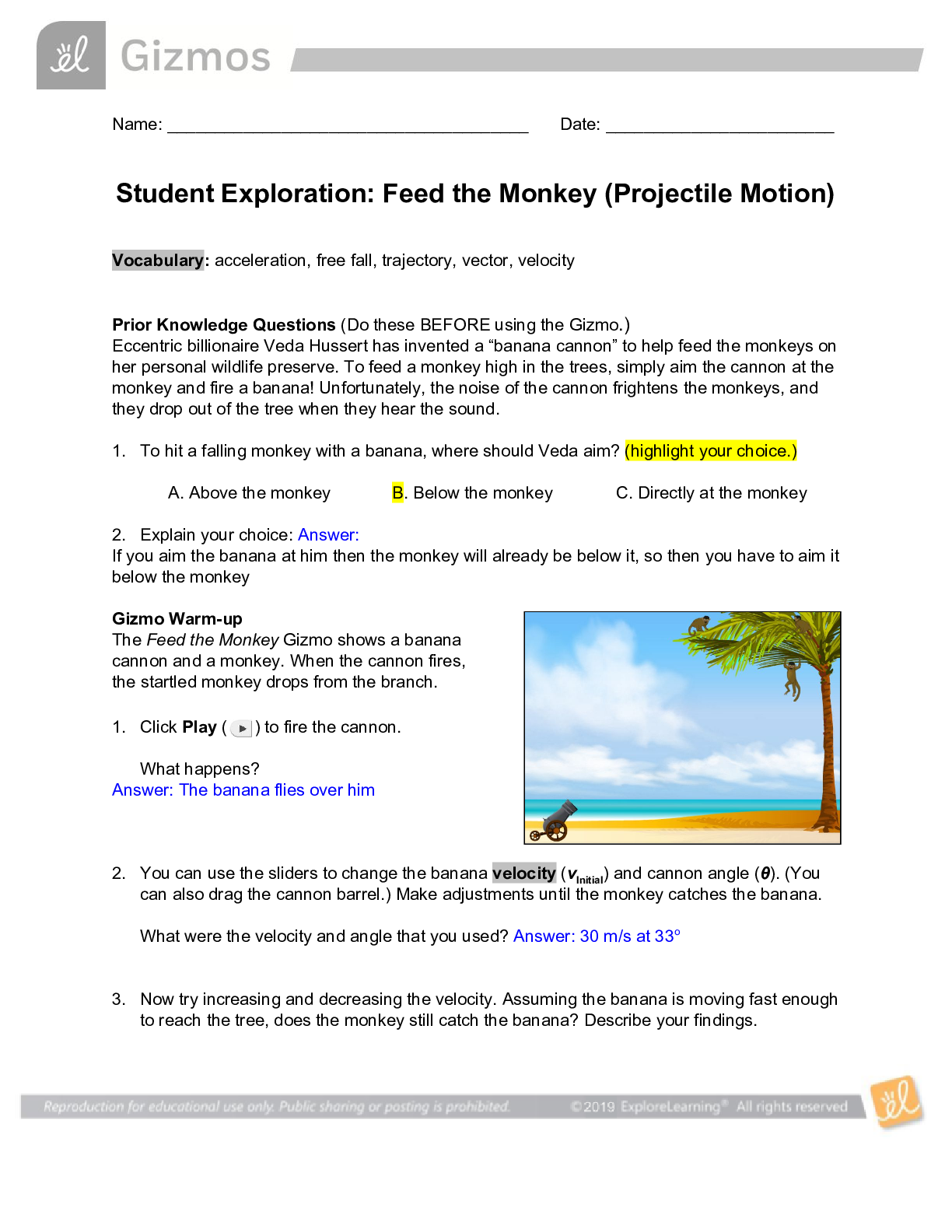

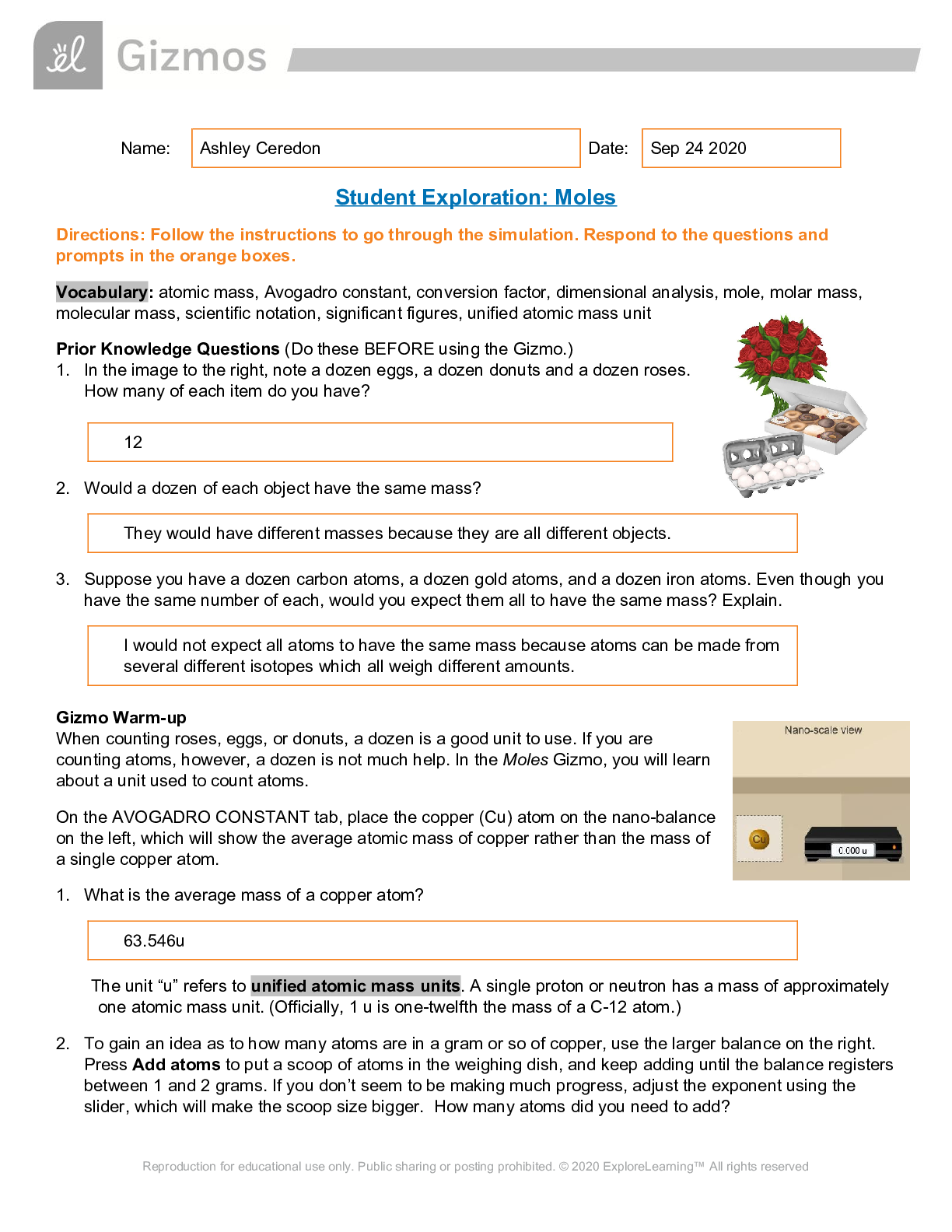
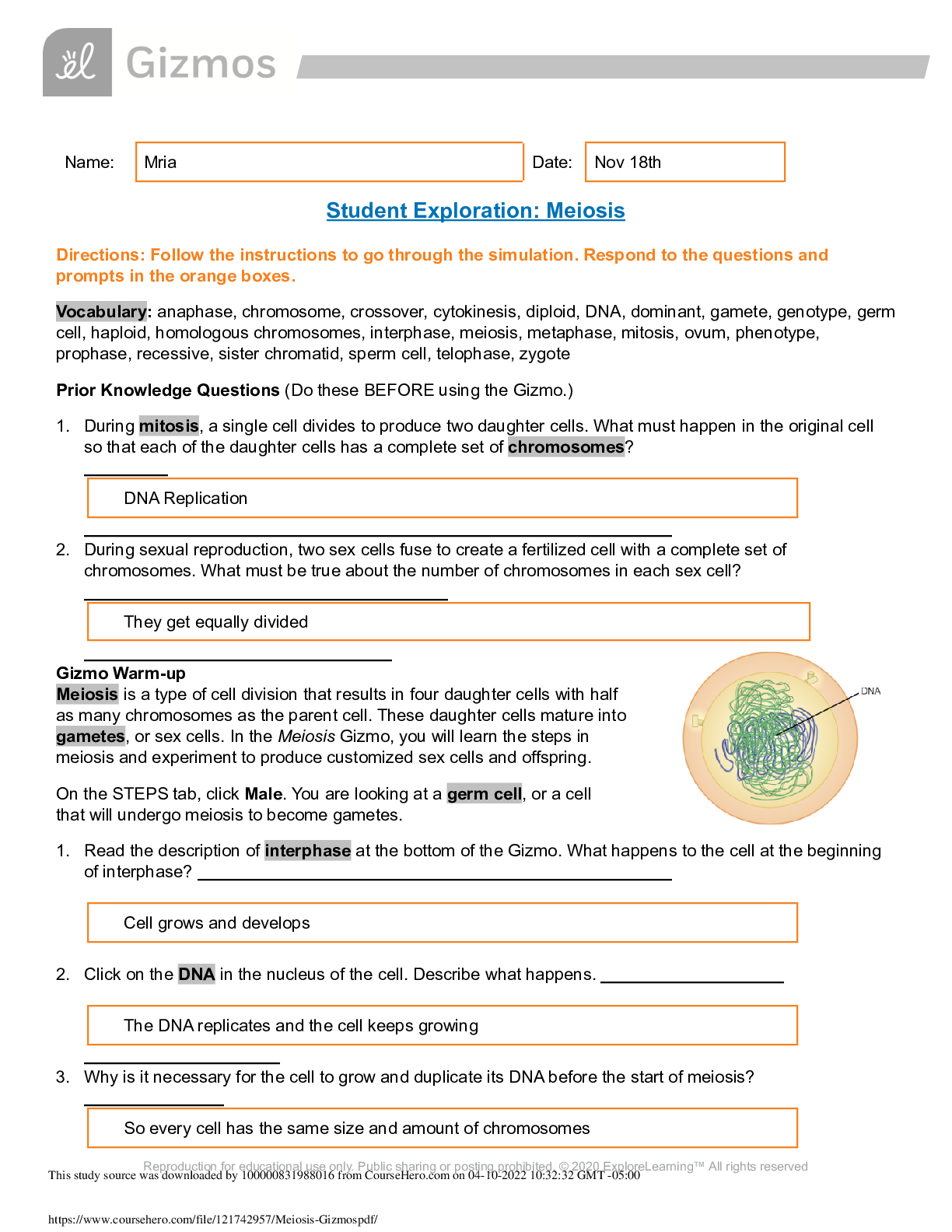

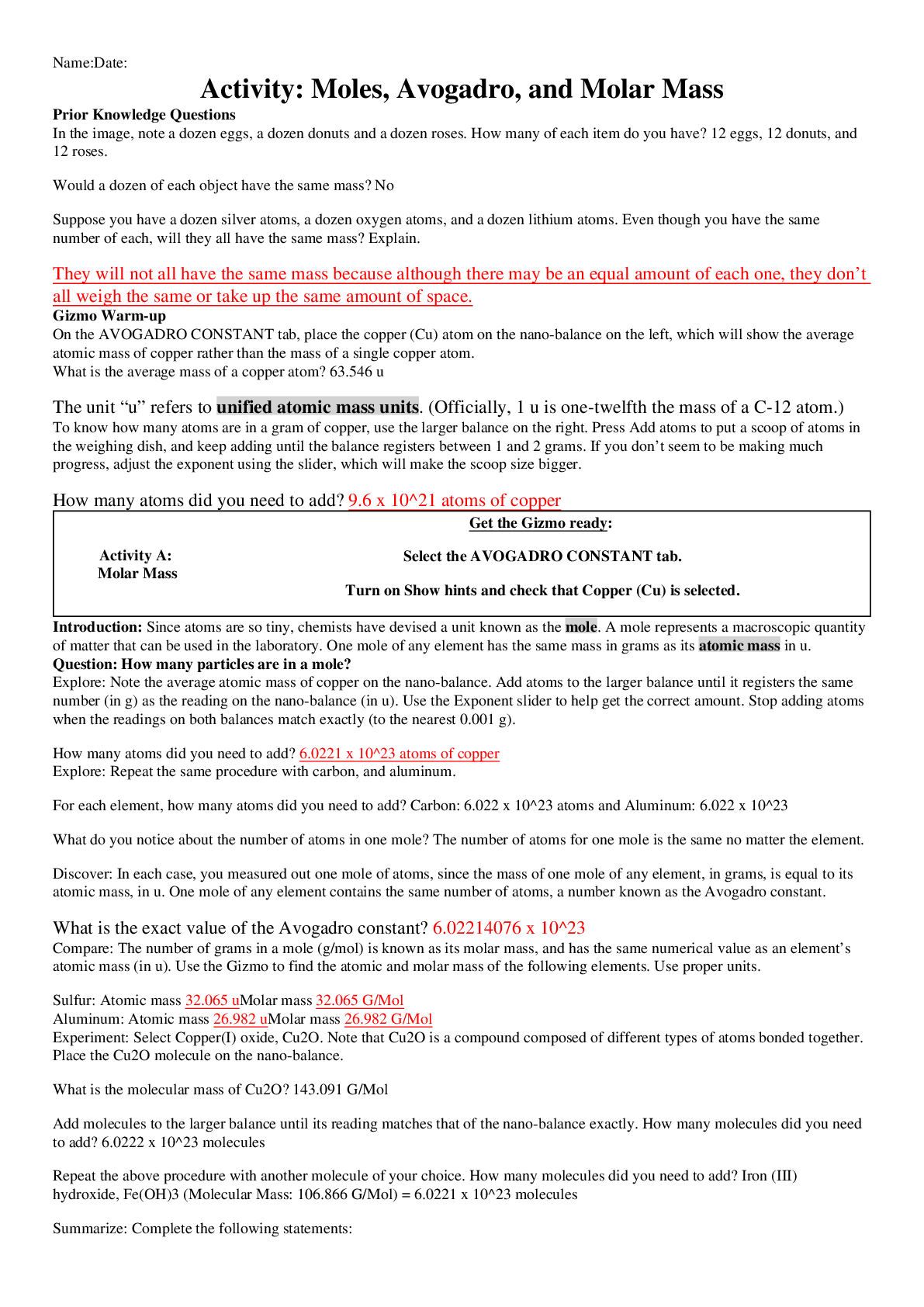
.png)


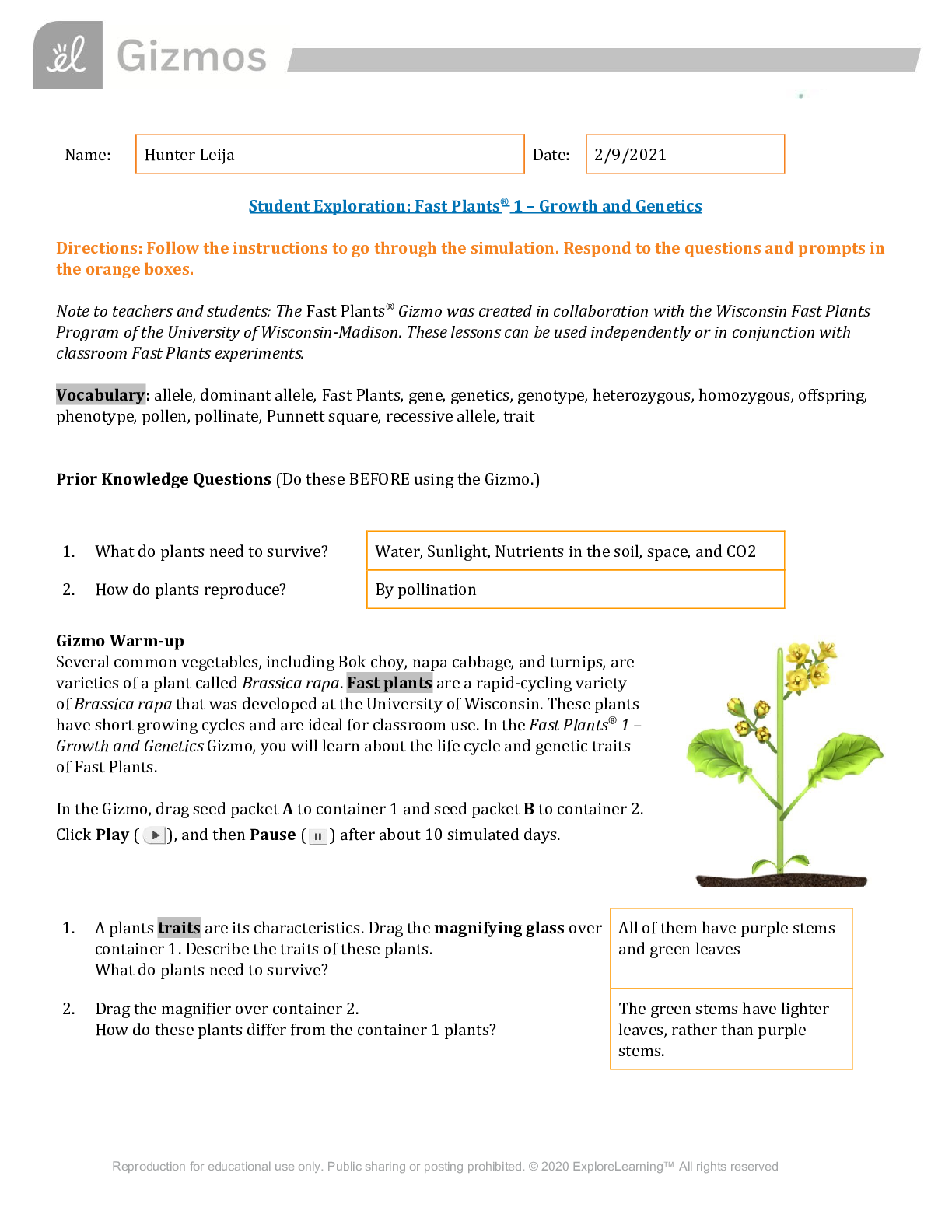
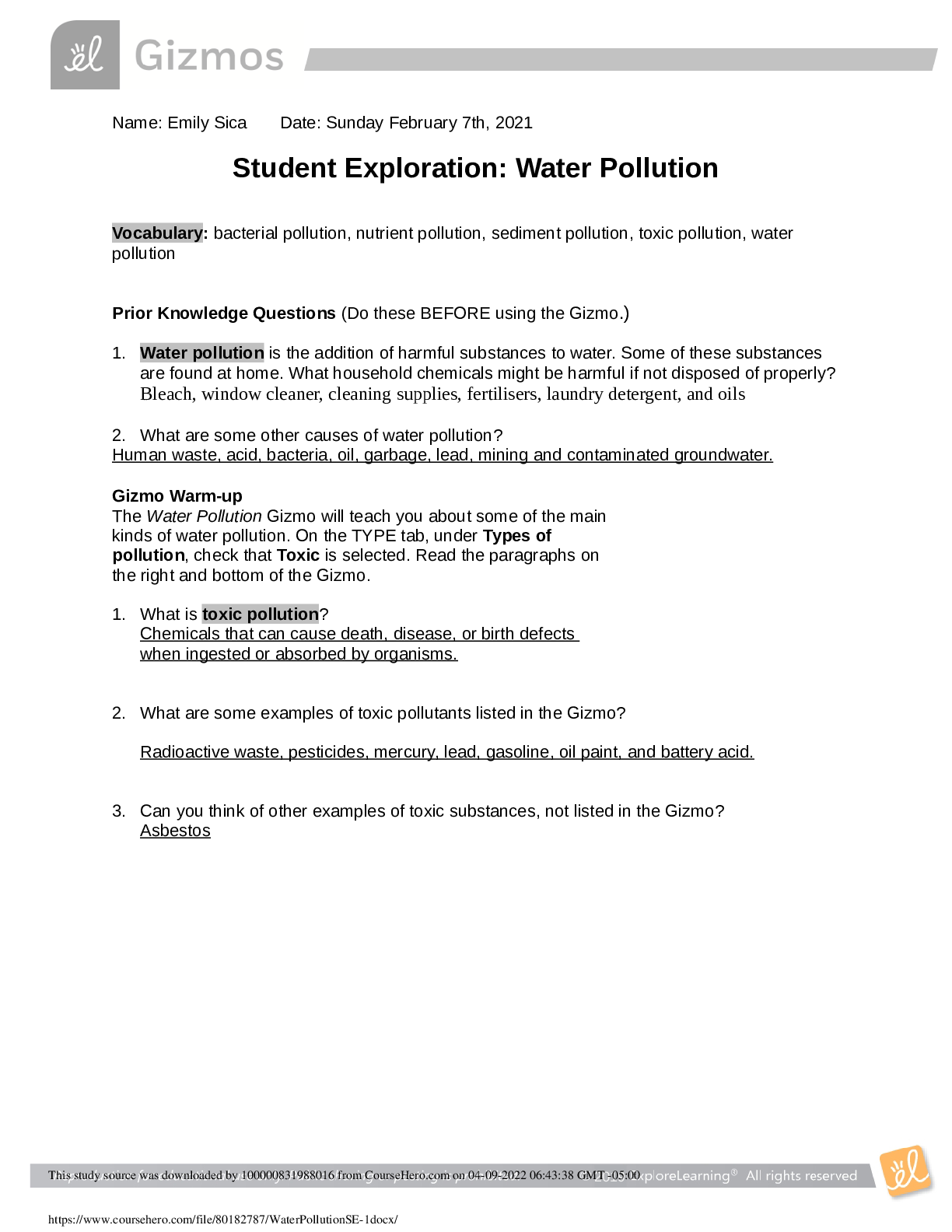
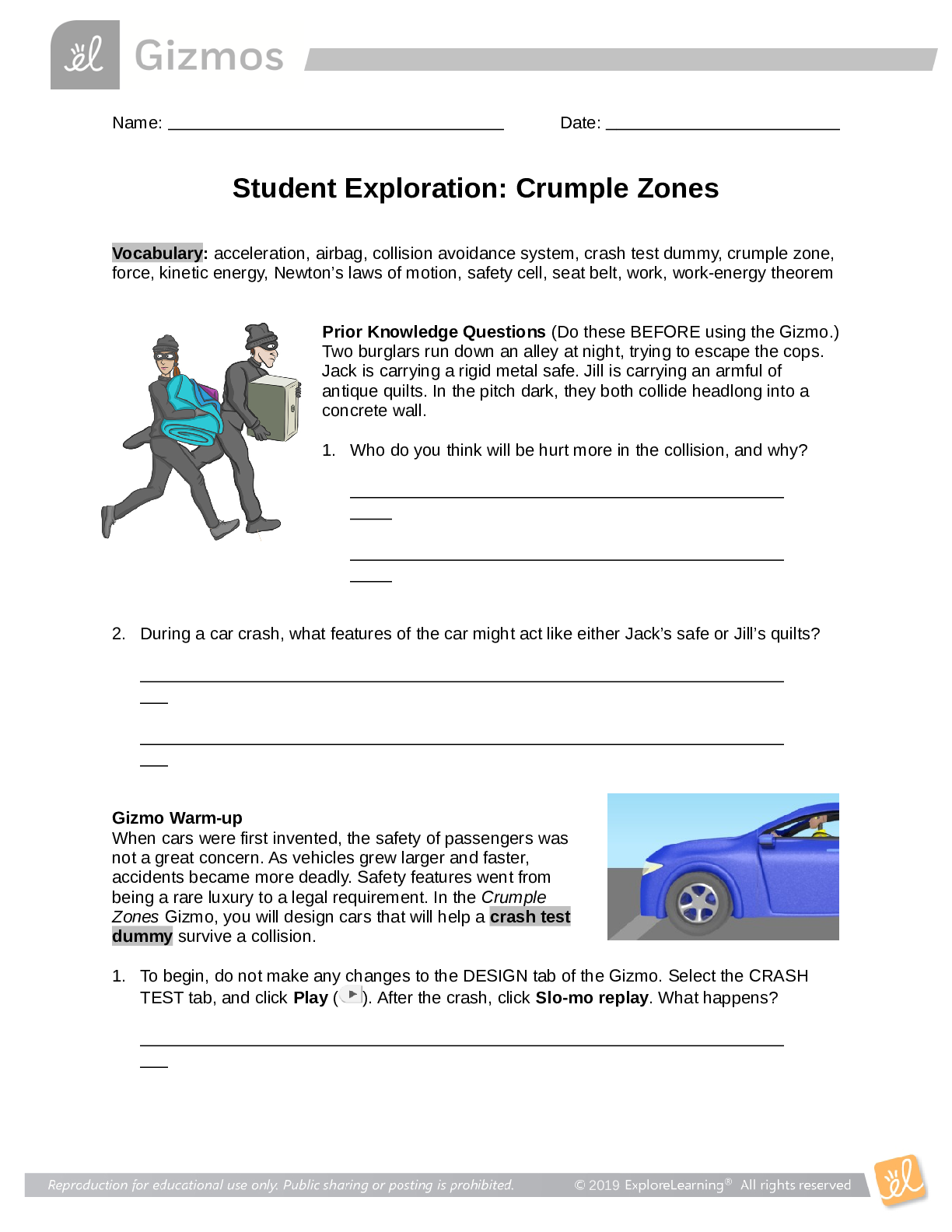
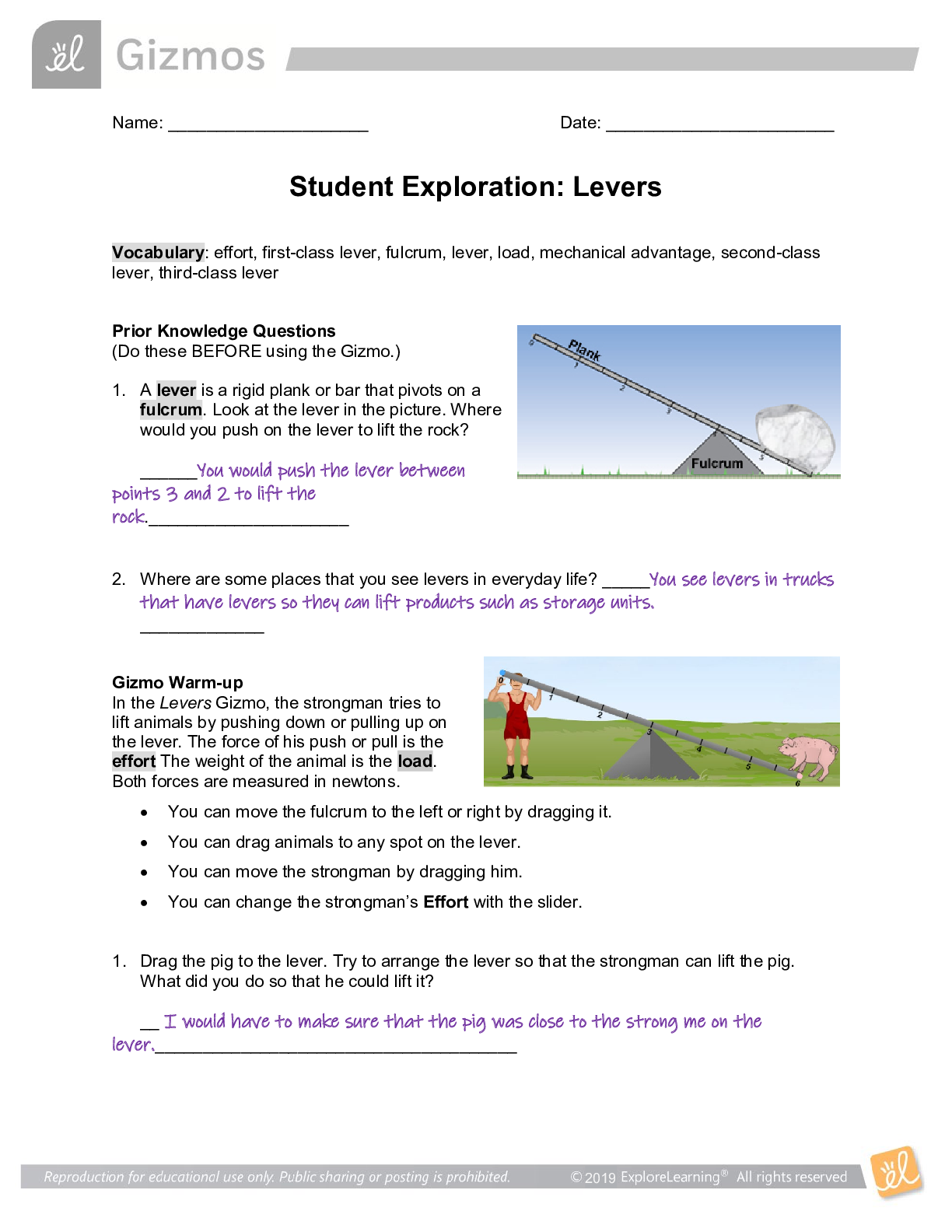

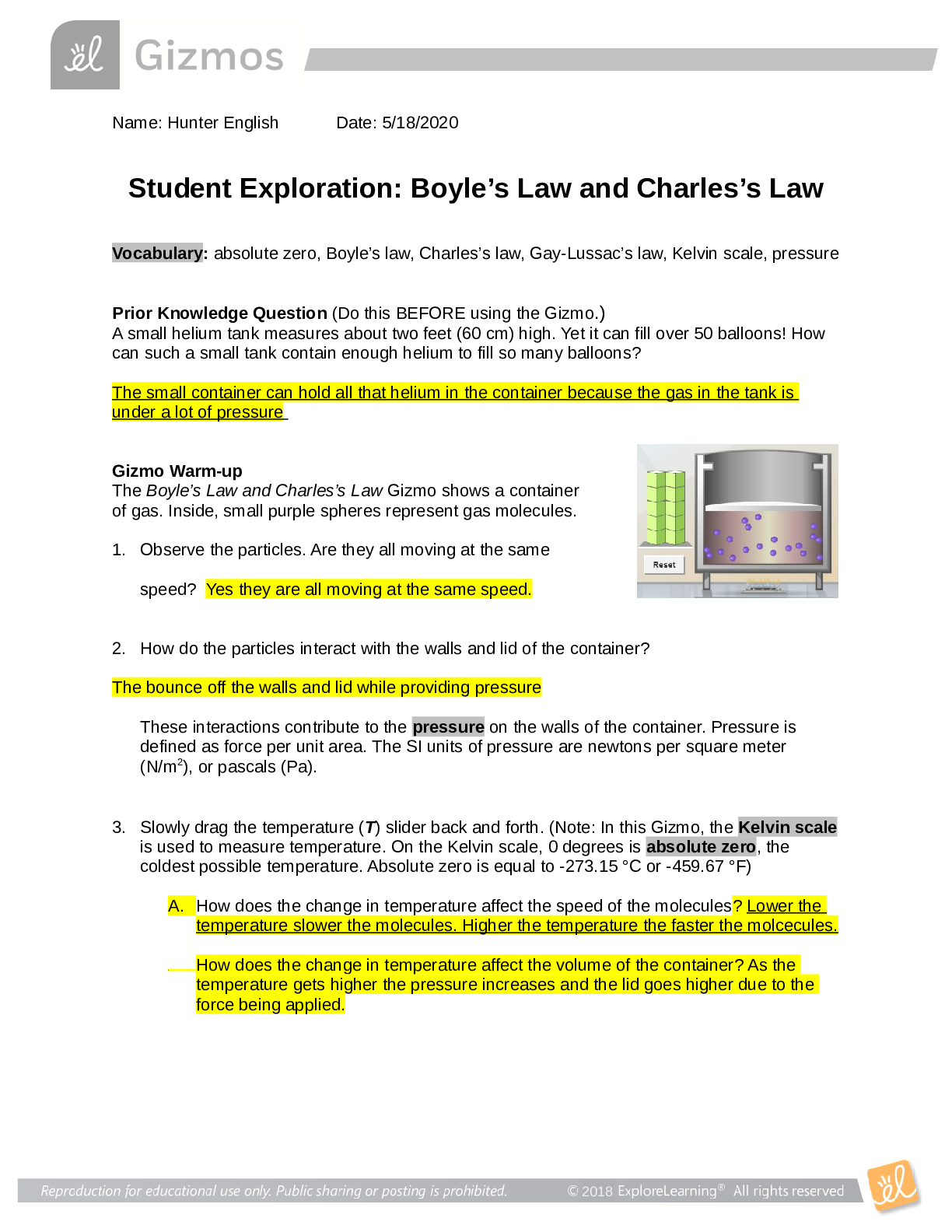
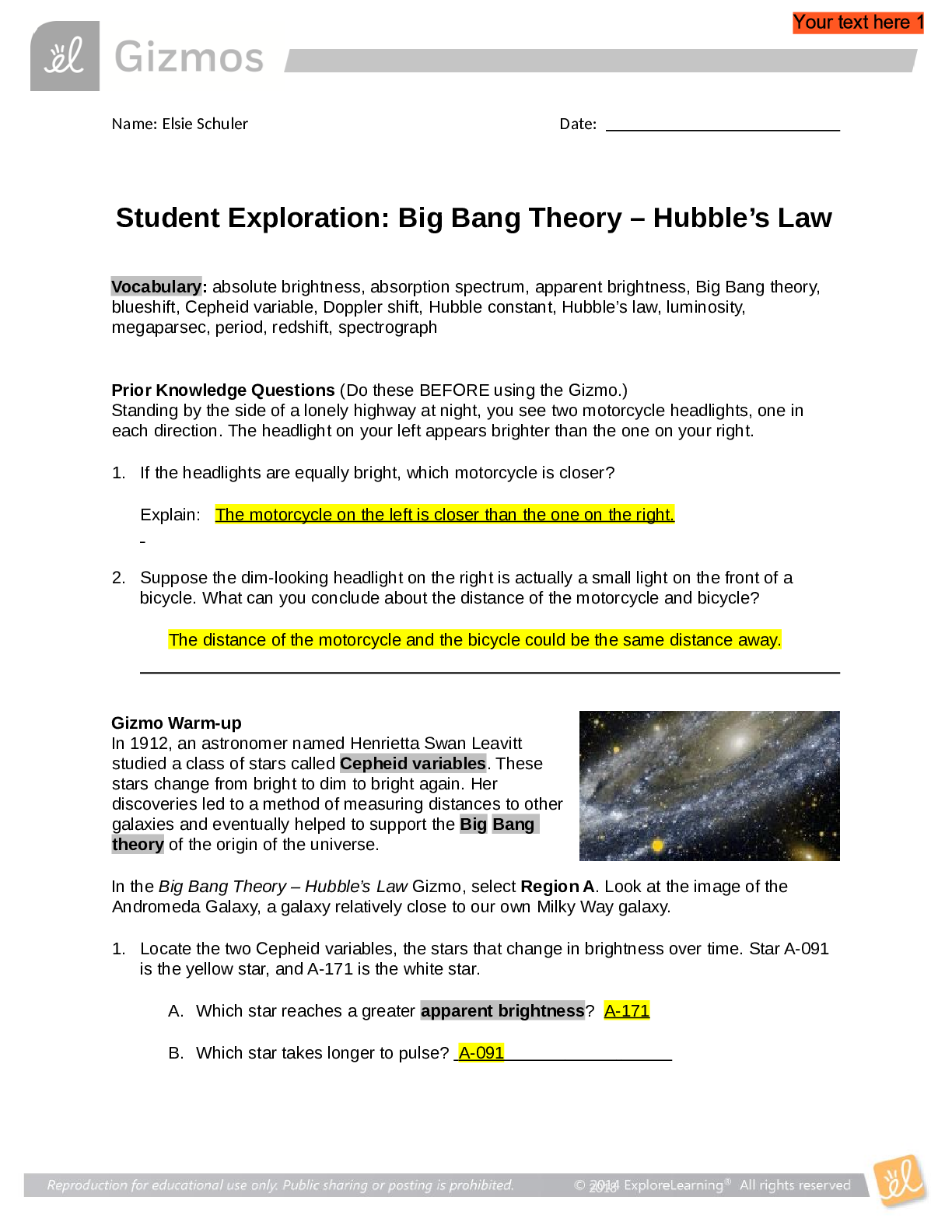


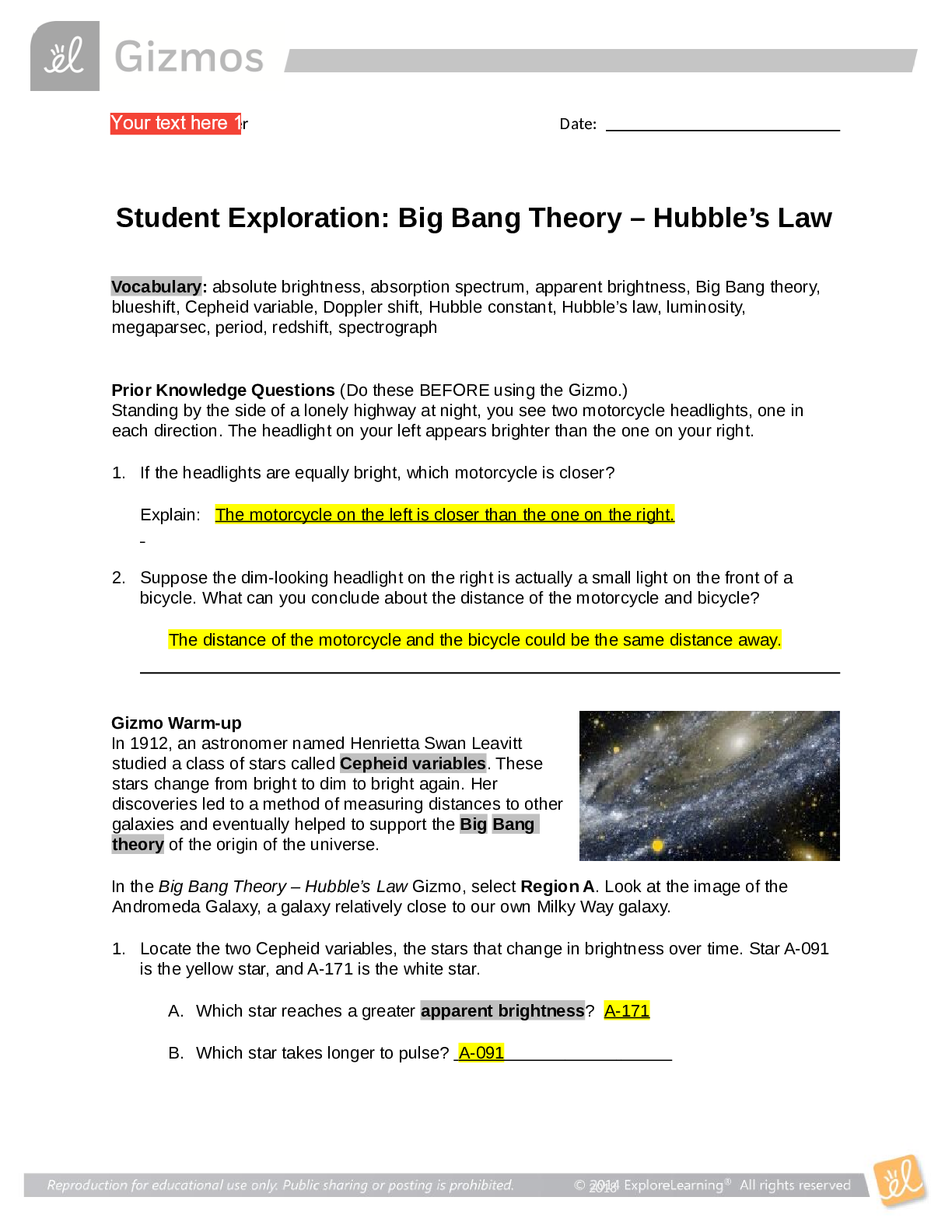
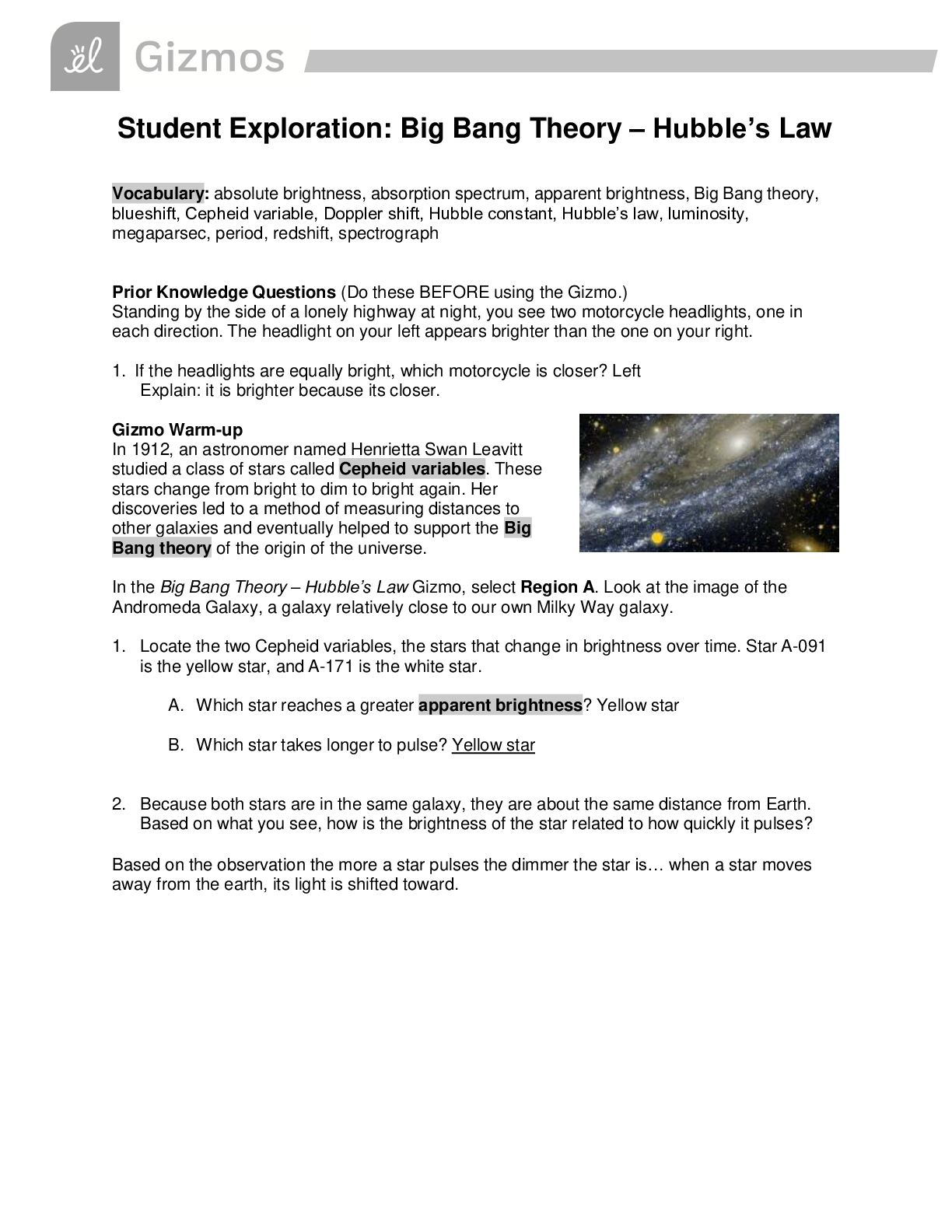

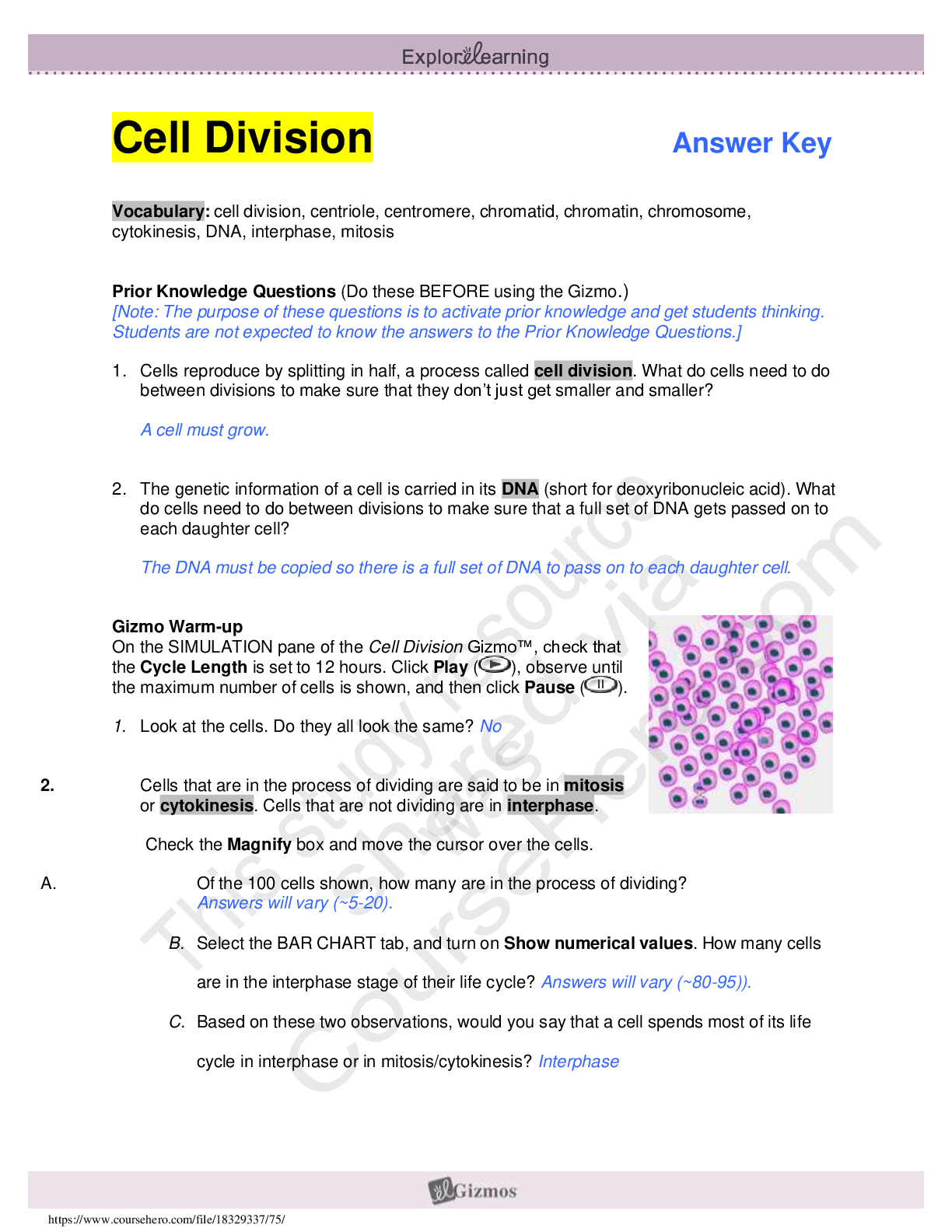
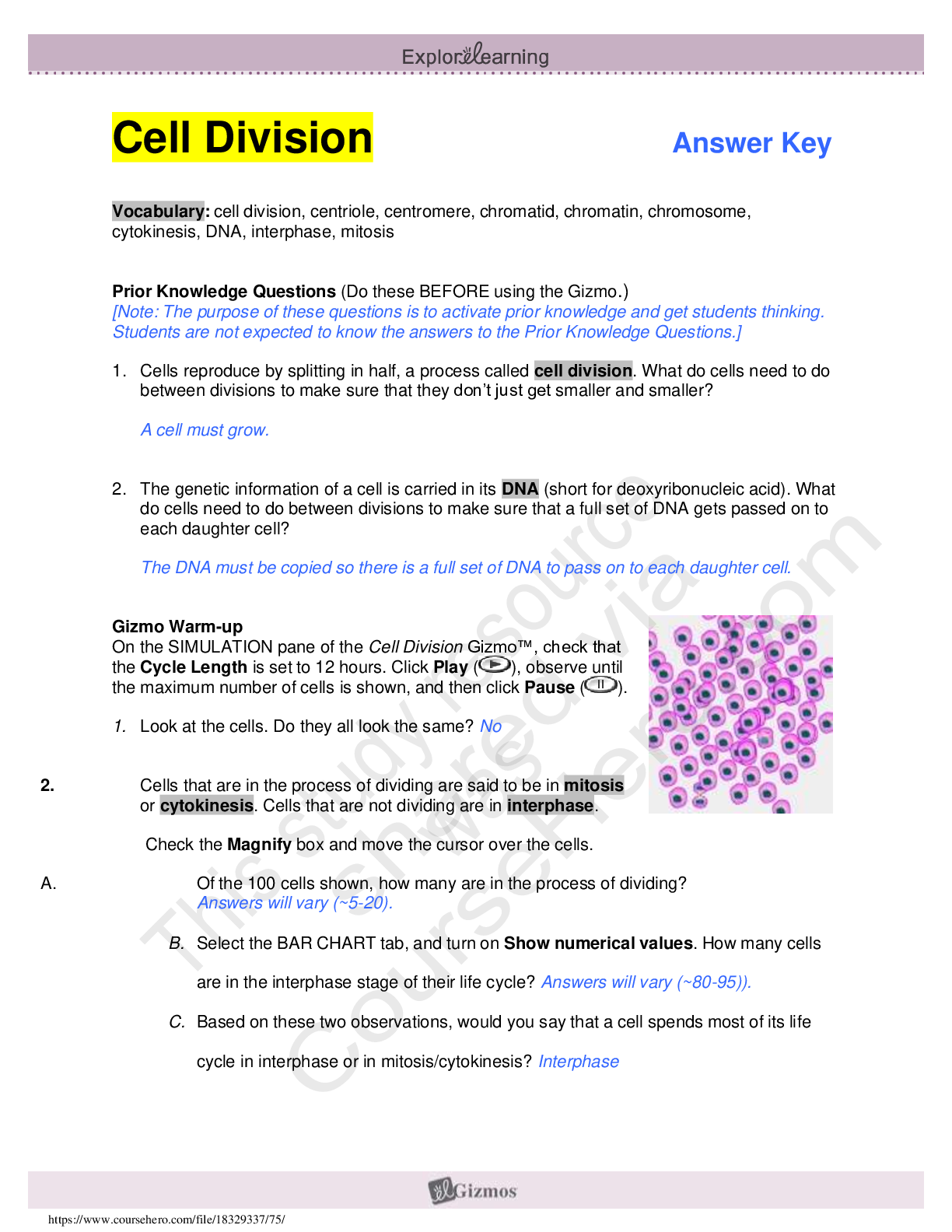
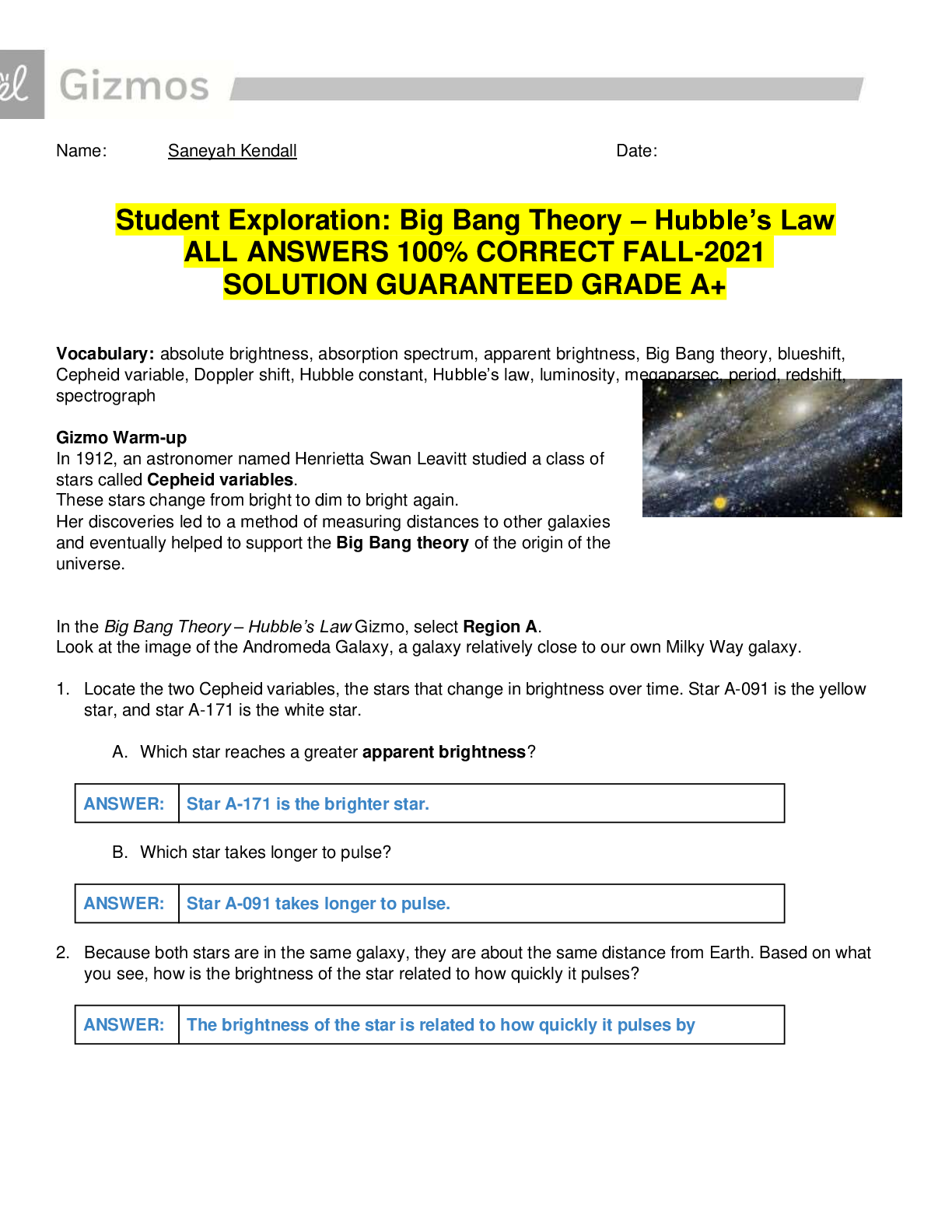

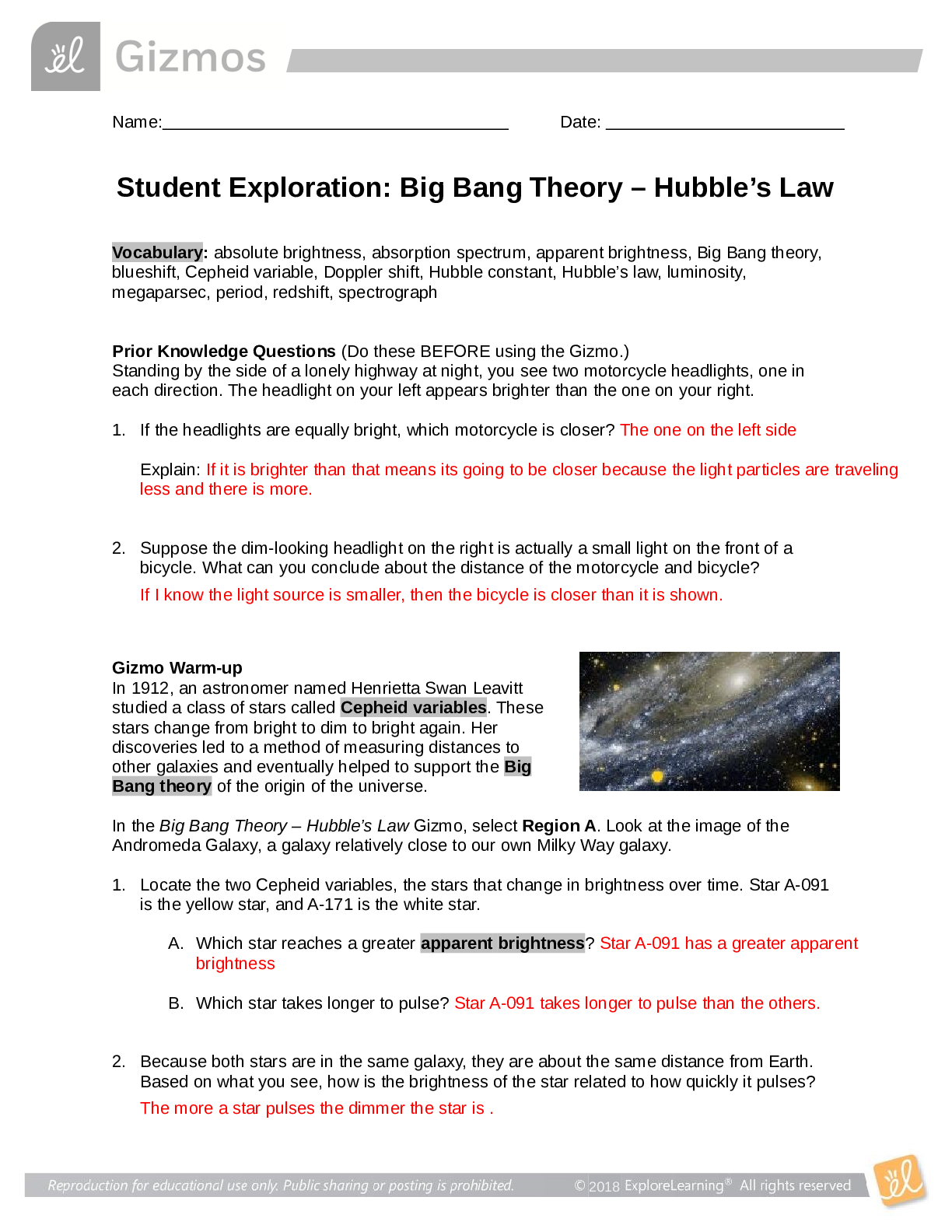
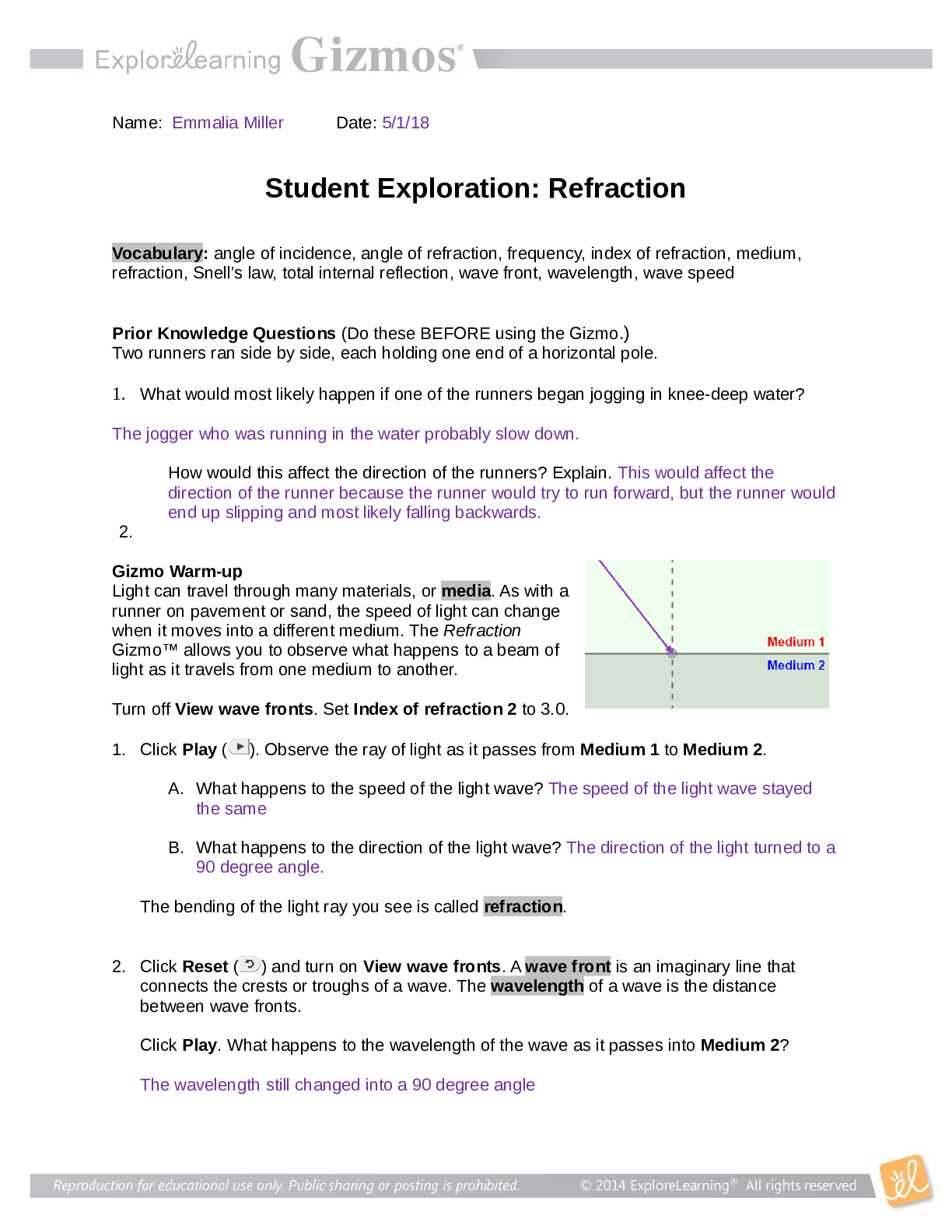

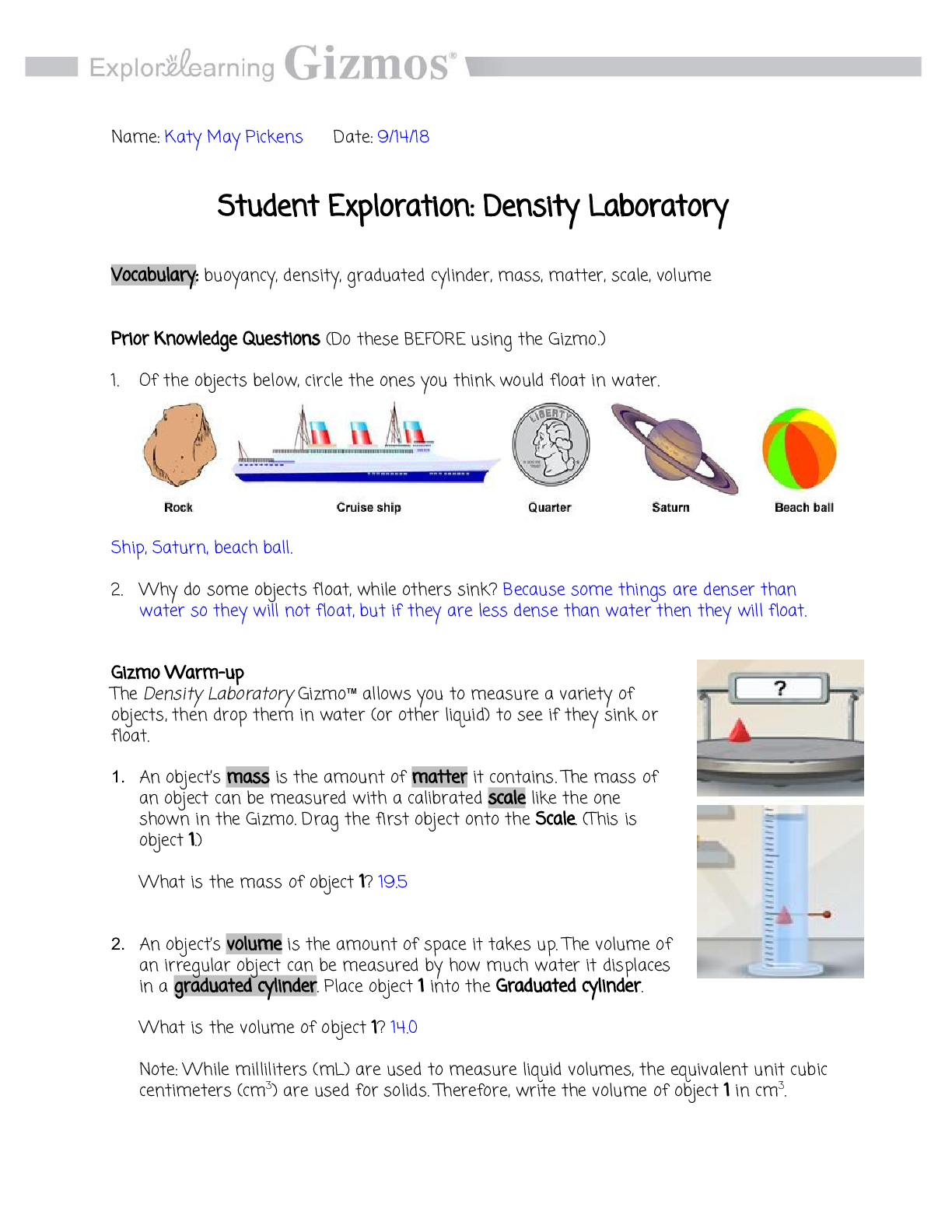
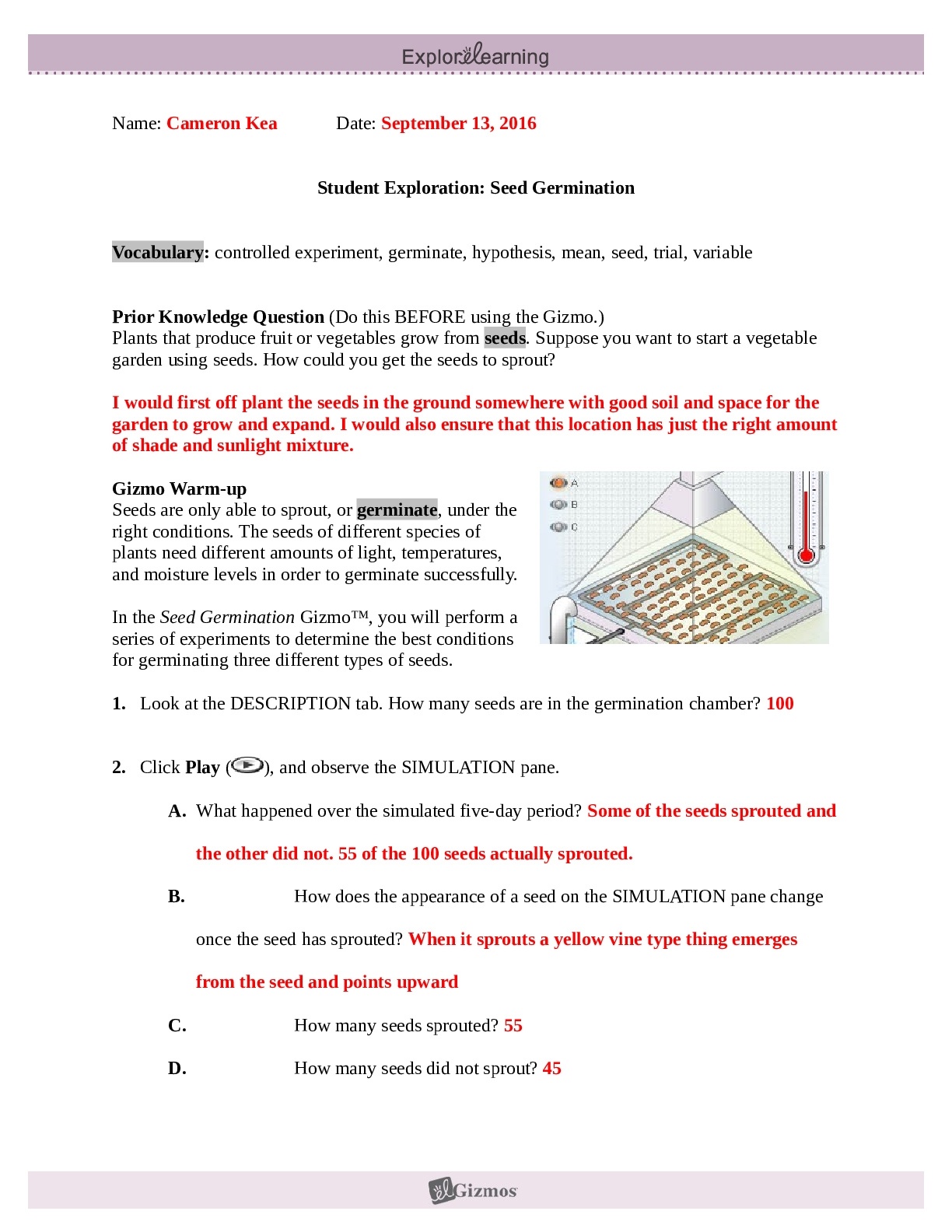

.png)


